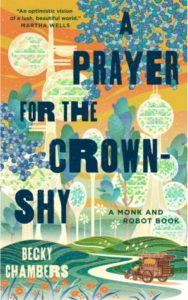 Title: A Prayer for the Crown-Shy
Title: A Prayer for the Crown-Shy
Author: Becky Chambers
Publisher: Tor Books
Publication Date: July 12, 2022
Genres: Science Fiction, Utopia
Length: 160 pages
Source: I borrowed it from my local library.
Rating: 5 Stars
Blurb:
After touring the rural areas of Panga, Sibling Dex (a Tea Monk of some renown) and Mosscap (a robot sent on a quest to determine what humanity really needs) turn their attention to the villages and cities of the little moon they call home.
They hope to find the answers they seek, while making new friends, learning new concepts, and experiencing the entropic nature of the universe.
Becky Chambers’s new series continues to ask: in a world where people have what they want, does having more even matter?
Review:
Content Warning: Theology and religion, but they share little in common with any theologies or religions of our world. I will discuss these topics in my review.
What could be more cozy or wholesome than a Tea Monk and a robot going on a road trip in a utopian world?
I am once again going to need to tread carefully in my review in order to avoid spoilers, but I did want to talk about the theological discussions and religious practices in this universe. Ms. Chambers created such a gentle framework for those beliefs that I was quickly able to relax and follow the characters’ thought processes as they compared beliefs and asked intelligent questions of those who disagreed with them. You should know that Sibling Dex loves and accepts everyone. Their beliefs are sacred to them, but they would never use them against those who have other beliefs or no beliefs at all. Don’t be nervous about reading this if you’re like me and generally avoid stories about religion or theology based on previous negative experiences with those topics in our world. It was important part of the plot for sure, but there wasn’t a single ounce of unkindness in Sibling Dex’s worldview.
My review of A Psalm for the Wild-Built gently criticized the loose plot structure of that book. I’m happy to report that the plot was thicker in this one. Yes, it retained it’s meandering philosophical and religious discussions that are so important to Sibling Dex and Mosscap’s character development, but they faced more conflicts and obstacles to their goals this time around as well. It was fascinating to me to see how they handled abrupt changes to their travelling plans and interactions with other living things that didn’t always go as predicted. This was exactly what they both needed to in order to show the audience how they’d changed as a result as their earlier adventures.
It was exciting to see how the world building was expanded. I finally learned more about how the villages and cities in this world are connected to each other and what their relationships with one another are like. Yes, I wanted to dive even deeper into this topic, but it made sense to stop where we did. I mean, it’s not like I welcome friends to Canada by going on a long monologue about my country’s history, culture, or social customs before asking if they want to try poutine. The important parts are shared as they come up in conversation, so it made total sense for the author to do the same here.
The character development was once again handled beautifully. Sibling Dex and Mosscap changed in all sorts of interesting ways as a result of their journey and their friendship. I chuckled as their assumptions about what humans or robots should be like occasionally bumped up against realities that bore little resemblance to what either of these individuals thought was going to happen. While I did find myself wishing the last scene had been given a little more time to flourish, I’m betting that it was written that way on purpose in order to set up whatever comes next.
This is the second instalment in the Monk & Robot series. I strongly recommend reading it all in order as there were several important scenes in A Psalm for the Wild-Built that are critical to understanding the character development.
A Prayer for the Crown-Shy made me yearn for more.

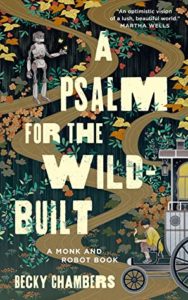 Title: A Psalm for the Wild-Built (Monk & Robot #1)
Title: A Psalm for the Wild-Built (Monk & Robot #1)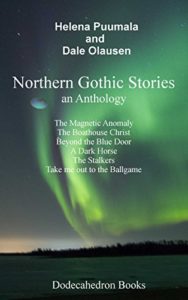 Title: Northern Gothic Stories
Title: Northern Gothic Stories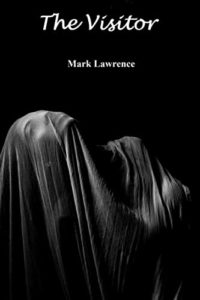 Title: The Visitor
Title: The Visitor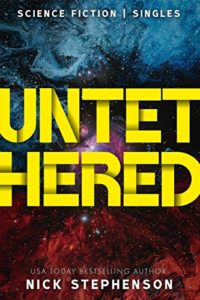 Title: Untethered
Title: Untethered
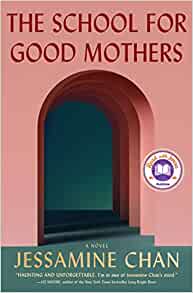 Title: The School for Good Mothers
Title: The School for Good Mothers
 The best I could do was to narrow my answer to this week’s prompt down to two different answers.
The best I could do was to narrow my answer to this week’s prompt down to two different answers.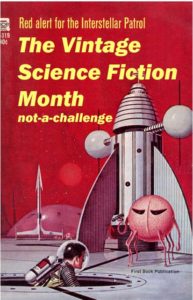
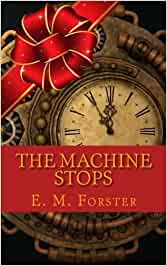 Who needs in-person contact when you have virtual gatherings?
Who needs in-person contact when you have virtual gatherings?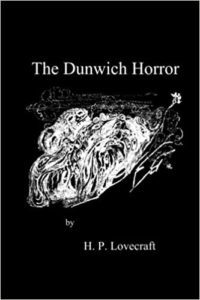 Review:
Review: